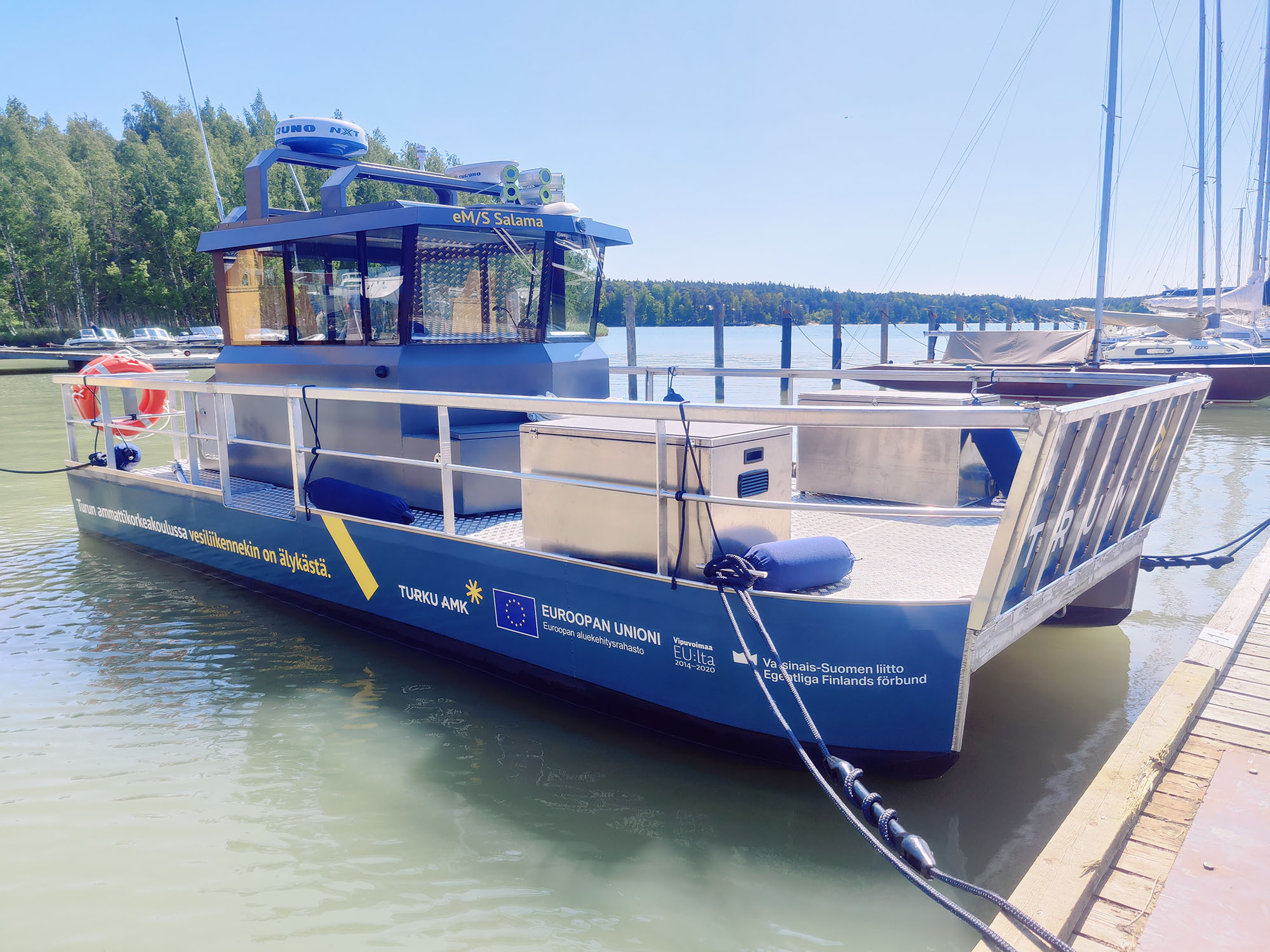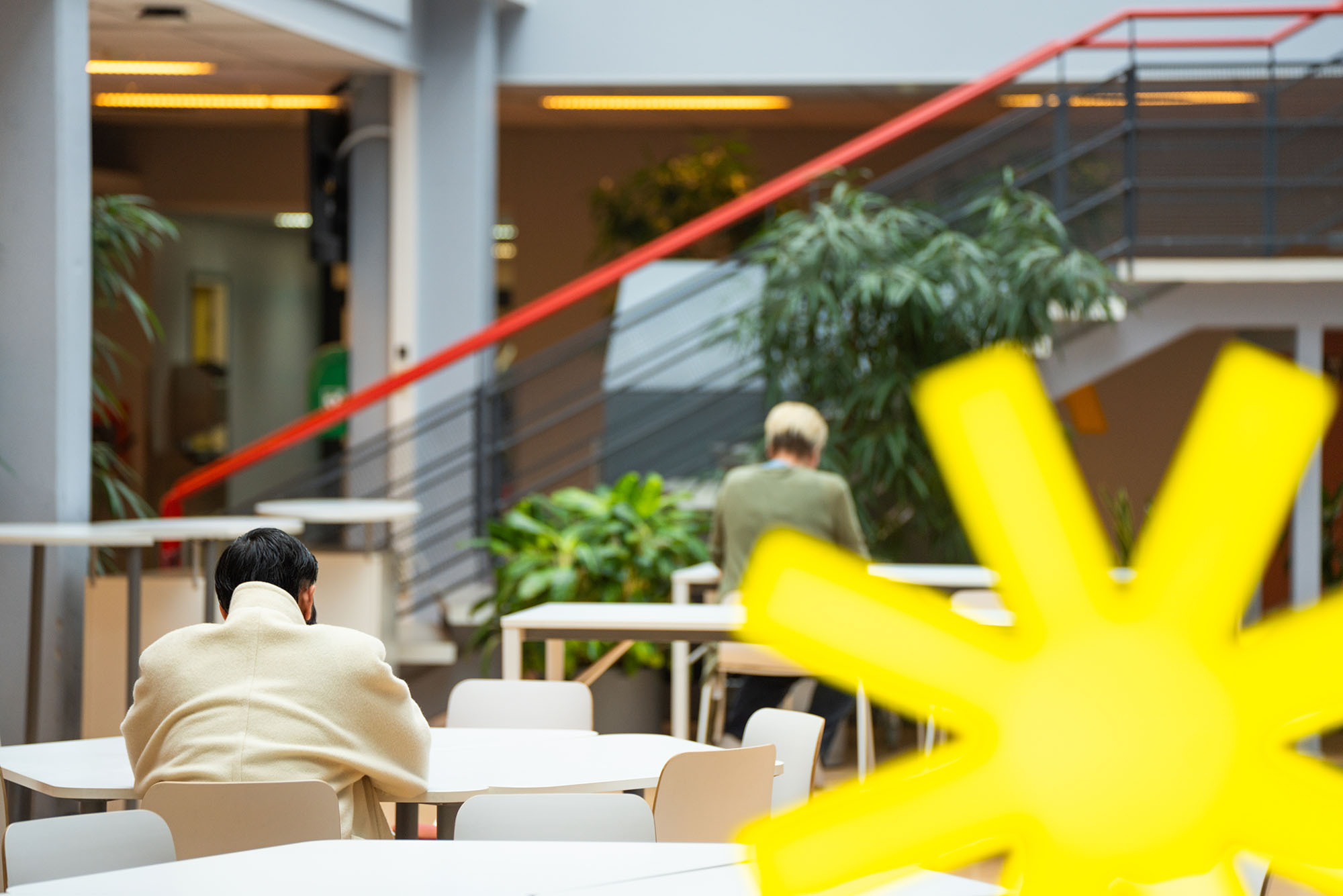According to a recent study, a wooden solar panel structure could be superior to a steel structure. The greenhouse gas emissions of a wooden carport with solar panels are almost half those of a steel canopy. Wooden construction is also a cheaper and fire-safe option.

Published:
Edited:
The research groups Uusi Energia from Turku University of Applied Sciences and Solar Energy Materials and Systems from the University of Turku compared the greenhouse gas emissions and economic feasibility of a wooden and a steel canopy. A real steel-based car roof with solar panels was used as a reference to estimate the scale of the car roof structure and the amount of material used. A simulation was used to calculate the GHG emissions of the solar covered car roof based on simulated electricity production and estimated GHG emissions for both wood and steel materials over the lifetime of the structure.
As a result of the study, the GHG emissions of a car roof covered with solar panels made of wood are 48% lower than those of a steel car roof. Wooden construction can therefore significantly reduce the carbon footprint of a building. Wooden construction is also cost competitive. According to a study, timber construction can save up to 25% of costs compared to steel construction.
Timber construction can also be safer than steel in the event of fire. In a fire, the weight of the panels will collapse the structure supporting them. Steel construction gives way faster than wood in a fire, so a wood structure that is more durable in the event of a fire is safer.
Wooden canopies look different from what we are used to, but in a country known for its forests, they should become more common.
A new kind of construction
Although wood construction is popular in Finland, wood-based solar panel roofs have not yet caught on. Samuli Ranta, lead author of the research article and research officer of the New Energy Research Group at Turku University of Applied Sciences, would like to see more wood-based solar panel roofs in Finland.
“There are already examples in Europe where wood has been used as a roof structure. However, research shows that wood should be used more widely as a roofing material. Wooden roofs look different from what we are used to, but in a country known for its forests they should become more common,” says Mr Ranta.
“So far, the carbon footprint of solar energy has focused mainly on solar panels, even though the supporting structures of the photovoltaic system already account for a significant share of total emissions and will increase in the future,” says Professor Kati Miettunen of the University of Turku.
The research was carried out as part of the international Horizon 2020 RESPONSE project and the national RealSolar project funded by the Strategic Research Council, in which both Turku University of Applied Sciences and the University of Turku are involved.
The research article “Feasibility and Greenhouse Gas Emissions of Timber Structures in Solar Photovoltaic Carport Construction” can be read in full in Frontiers in Built Environment.
The article was published on 20.5.2024 on the previous turkuamk.fi website.
Get to know our research
Read next
-
Press Release

Joint research infrastructure funding for Turku higher education institutions from the Research Council of Finland
The NEMESIS research infrastructure collects data related to the state of the environment and maritime safety in the archipelago. NEMESIS, a collaboration between three universities, enables long-term monitoring…
-
CaseNews

Turku UAS collaborates with EOS Oy, a company specialising in 3D printing
Turku University of Applied Sciences (Turku UAS) and Electro Optical Systems Finland Oy (EOS Oy) are strengthening their cooperation by signing a partnership agreement. In addition, EOS has…
-
CasePress Release

1000 students from Turku University of Applied Sciences develop sustainable development solutions for organisations in Turku
In a new joint project between Turku University of Applied Sciences and the City of Turku, students are solving sustainability problems in companies and other organisations. Published: Edited:…
